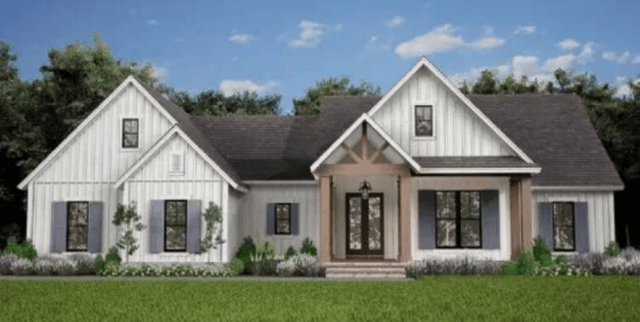UK Housing Features Dataset
Data Science and Analytics
Tags and Keywords
Trusted By




"No reviews yet"
Free
About
This dataset is designed for house price prediction, offering a valuable foundation for exploring various data science and machine learning approaches. It contains 2,000 rows of house-related data, encompassing features that influence property values. The dataset is particularly suited for students and researchers keen to practise predictive modelling, feature analysis, and pattern recognition in a simplified environment. While randomly generated, it provides a robust platform for understanding the principles of house price forecasting.
Columns
- Id: A unique identifier for each house record, ranging from 1 to 2000.
- Area: Represents the square footage of the house, a key predictor of price. Values range from 500 to 5000 square feet.
- Bedrooms: The number of bedrooms in the house, varying from 1 to 5. Homes with more rooms typically command higher prices.
- Bathrooms: The number of bathrooms, ranging from 1 to 4.
- Floors: Indicates the number of floors in a house, from 1 to 3. This feature can suggest a larger or more luxurious property.
- YearBuilt: The year the house was constructed, with values spanning from 1900 to 2023, allowing for analysis of property age impact on value.
- Location: Describes the geographical setting, including categories such as 'Downtown', 'Urban', 'Suburban', and 'Rural'.
- Condition: The current state of the house, categorised as 'Excellent', 'Good', 'Fair', or 'Poor', directly affecting its market value.
- Garage: A Boolean (true/false) indicator of whether the house includes a garage, which can add to the price due to convenience and space.
- Price: The target variable, representing the sale price of the house. Prices range from £50,000 to £1,000,000, making the dataset suitable for predicting diverse property values.
Distribution
The dataset is provided as a CSV file titled "House Price Prediction Dataset.csv", with a file size of 91.3 kB. It comprises 2,000 individual records and includes 10 distinct columns, each detailing a specific feature relevant to house pricing.
Usage
This dataset is ideal for a range of machine learning and data analysis applications, including:
- House Price Prediction: Employing regression techniques to build models that forecast house prices based on various features.
- Feature Importance Analysis: Identifying which features (e.g., location, area, or condition) have the most significant impact on house prices.
- Clustering: Grouping houses into segments based on shared characteristics, such as luxury properties or affordable homes.
- Market Segmentation: Analysing trends within specific sub-markets, defined by location, price range, or house type.
- Time-Based Analysis: Investigating how house prices fluctuate with the year built or the overall age of the property.
Coverage
The dataset's time range for house construction spans from 1900 to 2023. It incorporates houses from a mix of urban, suburban, downtown, and rural locations. However, it is important to note that this dataset was randomly generated and does not reflect real-world complexities such as proximity to schools, public transport, crime rates, or wider economic trends and seasonality.
License
CC0: Public Domain
Who Can Use It
This dataset is particularly beneficial for:
- Students and Researchers: For practical exercises in predictive modelling, feature engineering, and pattern recognition.
- Data Scientists: To perform feature importance analysis and develop regression models for forecasting.
- Machine Learning Enthusiasts: For experimenting with clustering techniques and market segmentation strategies.
Dataset Name Suggestions
- House Price Prediction Dataset
- Residential Property Value Data
- UK Housing Features Dataset
- Real Estate Valuation Predictor
- Home Price Factors Dataset
Attributes
Original Data Source: UK Housing Features Dataset
Loading...
Free
Download Dataset in CSV Format
Recommended Datasets
Loading recommendations...
